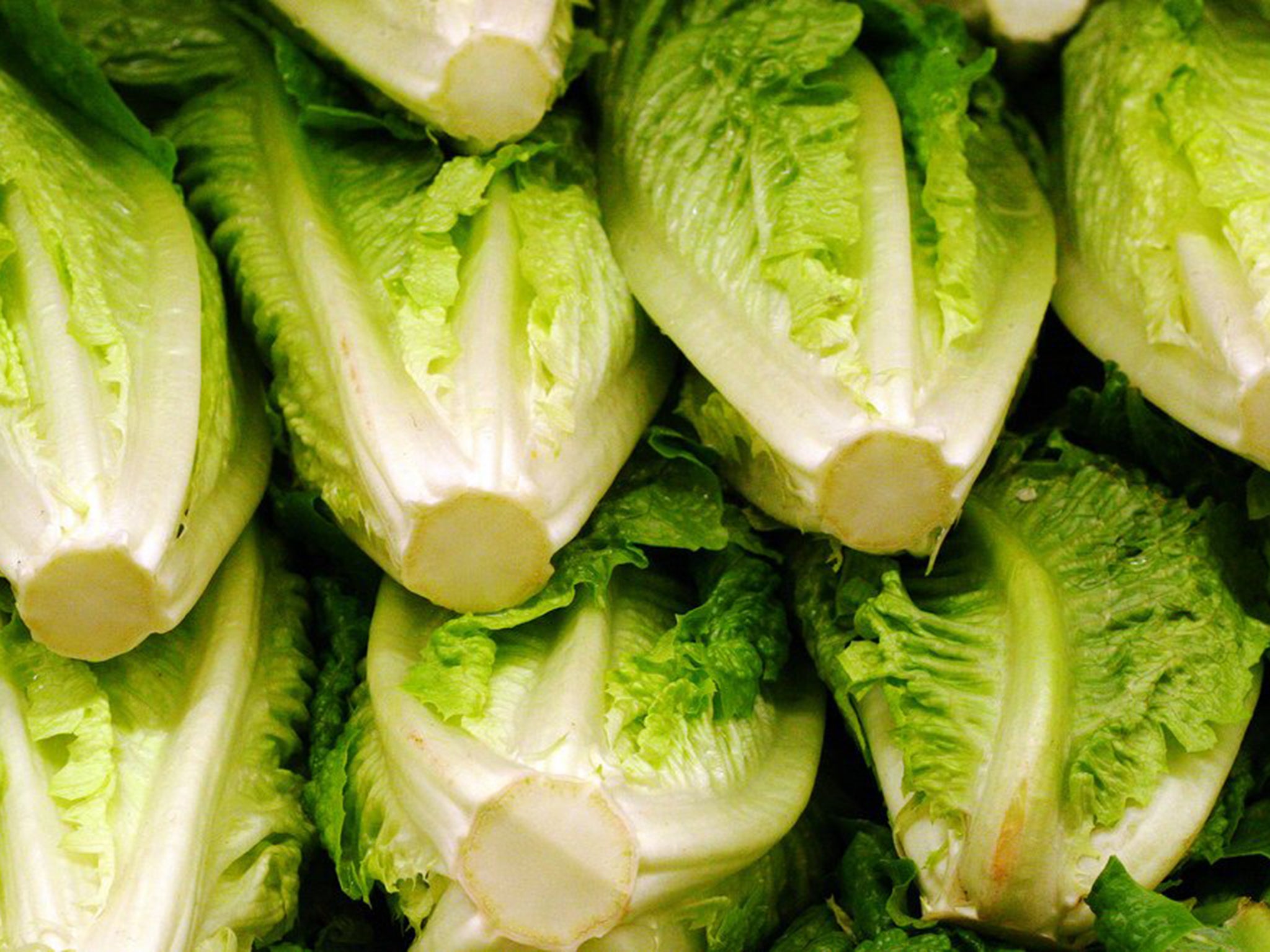Not all leafy greens are created equal -- here's the definitive ranking of the best ones for you
which should you pick to justify the croutons and bacon and other yummy toppings in your salad?

Your support helps us to tell the story
From reproductive rights to climate change to Big Tech, The Independent is on the ground when the story is developing. Whether it's investigating the financials of Elon Musk's pro-Trump PAC or producing our latest documentary, 'The A Word', which shines a light on the American women fighting for reproductive rights, we know how important it is to parse out the facts from the messaging.
At such a critical moment in US history, we need reporters on the ground. Your donation allows us to keep sending journalists to speak to both sides of the story.
The Independent is trusted by Americans across the entire political spectrum. And unlike many other quality news outlets, we choose not to lock Americans out of our reporting and analysis with paywalls. We believe quality journalism should be available to everyone, paid for by those who can afford it.
Your support makes all the difference.When it comes to the leafy greens you put in your salads, some are a rank above the rest.
So which should you pick to justify the croutons and bacon and other yummy toppings in your salad?
We’re here to help. Using rankings from the CDC’s 2014 list of “powerhouse foods” as well as the nutritional breakdowns of the veggies, we compiled the best, most nutritional greens for your salads, ranked from worst to best.
1. Watercress
Watercress, with its little round leaves, was considered the top powerhouse food in the CDC study. It's high in vitamins A, C, and K, and incredibly low in calories.
It's linked to a lower risk of type-2 diabetes, and, it's not too hard to grow yourself.
Calories per cup: 4
2. Chard
With its defining red stems, chard is among the top powerhouse foods because of its low-calorie, high-nutrient content. It had the most vitamin K of any leafy green on this list, at nearly 300% of your daily value per cup. Chard contains a fair amount of magnesium, which is important for things like muscle and nerve function, blood glucose control, and blood pressure regulation.
Calories per cup: 7
No. 3: Spinach
Spinach, the staple of any good fruity salad, is one of the top-ranking greens fo its all around nutrition content. It's packed with vitamins and nutrients, particularly potassium and iron, which are both important for regulating your blood cells and blood pressure.
Calories per cup: 7
No. 4: Leaf lettuce
The most nutritious of the lettuce family, leaf lettuce is low in calories and high in potassium and vitamins A and K.
Calories per cup: 5
No. 5: Romaine
Romaine ranked among the top 10 'powerhouse foods,' by the CDC, which are classified based on their associations with reduced risk for chronic diseases. It's an especially great source of vitamin A (one cup has 81% of your daily intake) as well as some B vitamins.
Calories per cup: 8
No. 6: Endive
Endive, also a kind of chicory, has its fill of vitamin K as well, and a cup has 20% of your daily vitamin A intake.
Calories per cup: 8
No. 7: Radicchio
Radicchio is a member of the chicory family. It packs in the vitamin K as well, containing more than 100% of your daily value.
Calories per cup: 9
No. 8: Kale
Trendy for a reason, kale kills it in vitamin content, especially A, C, and K. Vitamin K is especially important in helping blood clot. But kale has one tiny downside: it's a tad higher in calories than other greens (though it's still very low!) which means that technically it has a lower nutrient density, the amount of nutrients packed into each bite.
Calories per cup: 33
No. 9: Arugula
Arugula's distinct taste doesn't quite correlate with high nutritional content. It's a solid source of vitamins A and K, but is lacking in other nutrients that other greens boast.
Calories per cup: 6
No 10: Iceberg lettuce
It's no surprise that iceberg lettuce is among the least nutritious greens you could put in a salad. In fact, Chick-fil-A has even banned the veggie from its stores, allegedly because of its low nutritional content. Iceberg lettuce only has about 7% of your daily vitamin A per cup, as well as only 3% of daily vitamin C, among the lowest on the list.
Read more:
• CEO of Credit Suisse nails banking industry's problem
• Amazon is opening a physical bookstore
• Why the EU referendum doesn't matter
Read the original article on Business Insider UK. © 2015. Follow Business Insider UK on Twitter.
Join our commenting forum
Join thought-provoking conversations, follow other Independent readers and see their replies
0Comments